Santiago de Chile Tourism Information
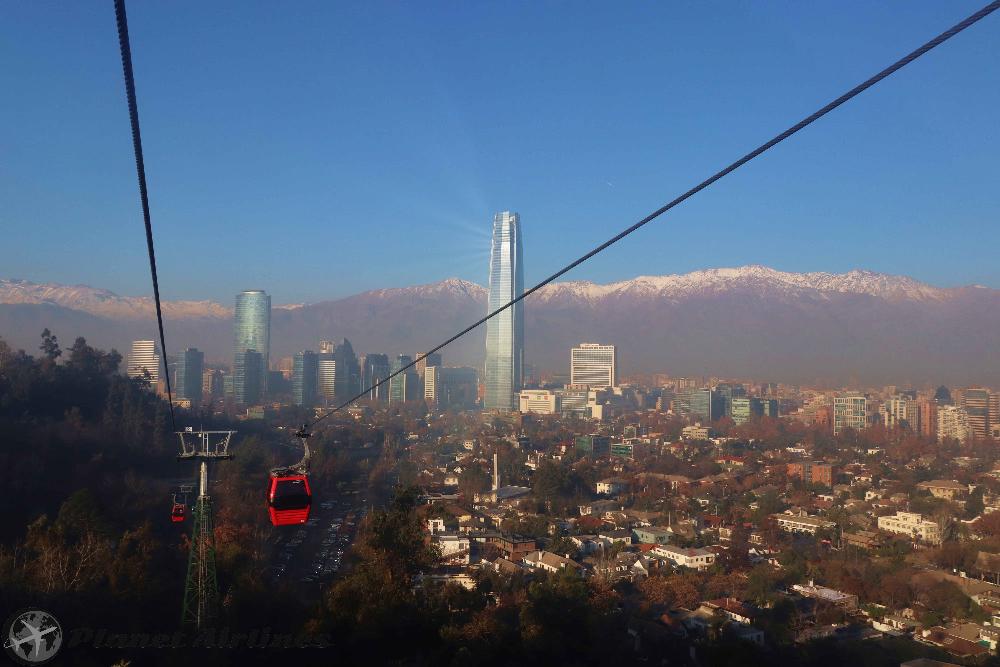
The city of Santiago, resembles to many like many European capitals, with distinctive art, culture and architecture similar to those of Spain or Italy. Yet the city has its own personality with many distinctive buildings, parks and avenues, giving its unique feel. Santiago is a curious mix of skyscrapers and 19th-century European architecture, with some Spanish-style bungalows for example or casones.
The city has numerous green areas, busy markets, and quaint old squares. Street life is vibrant. There are also some impressive museums, great accommodation options for all budgets, excellent restaurants and some good shopping opportunities. The public transport is very good, making getting around in the city centre a pleasure.
Santiago exudes an aura of health and wealth in the inner city and fashionable suburbs, with a distinctly cosmopolitan and first-world atmosphere, but those who explore beyond the thriving centre will find that the glittering skyscrapers slowly give way to shabby shantytowns. The city is also one of the 10 most severely polluted in the world, thanks to its position in a bowl of mountains, which comes as a surprise in a country known for its pristine natural landscapes. Air pollution is more likely to be a problem in Santiago in the winter months, peaking between May and August, where a layer of smog impedes a clear view of the Andes mountain range behind. The rest of the year, its thinner, but still its never 100% clear, until the air pollution problem is tackled.
Santiago is an excellent base for exploring the Central Valley of Chile, with the lovely wine country on its doorstep and the artistic port city of Valparaiso a short drive away. National parks and even ski slopes are also within easy reach. So whether you are coming to Santiago to visit the city, or just passing by, there is plenty to keep you busy here!
The climate of Santiago is Mediterranean, with typically hot, dry summers and mild, moist winters. In summer, December to March, average temperatures hit highs of around 35°C. The summer months can be quite windy, with prevailing winds from the southwest. In winter, May to August, temperatures average around 14°C. Rain falls mainly during winter, which is a more humid season in Santiago. Snowfall is extremely rare in the city, although it is common in the Andes mountain range that looms above Santiago.
Temperature inversions cause smog to be trapped in the valley for spells during the winter months, bringing heavy pollution and can last pretty much year round, with a thinner layer of smog in the Summer.
Unfortunately, the city is considered one of the most polluted, largely due to its location in a natural bowl, and the smog is at its worst in winter.
The best time to visit Santiago is in the Spring or summer months of December to February. Also many people visit in the winter to enjoy the skiing.
Public transport in Santiago is both efficient and practical for tourists. The Metro of Santiago is an easy and efficient way to get around in Santiago at a reasonable price and the system services most places of interest. Single tickets vary in price from 650-800 pesos depending on the time of travel. You can also buy the e-card, called "BIP" for 1550 Pesos and load money on to it for more frequent trips.
Buses are also at hand, and they reach many areas where metro's don't serve, or to act as an extension to the rail system. (where you can transfer free of charge from the metro to the bus). Santiago is also a good city for getting around on foot because it is arranged on a simple grid system that makes it easy to negotiate with a map. From a tourist perspective, the metro would be the ideal way of moving around, as it's much quicker and safer. (however, always be cautious of your possessions).
On Arrival from the main airport the best way to get to the city centre is by bus. Located outside the main terminal from gate 5, the bus called "Centropuerto" served by blue or white busses are a cheap and good option. It costs 1900 Pesos (€2.50) to get to Los Heroes station, located in the city centre and where you can transfer to the metro if needed.
Below you will find the metro map available to download:
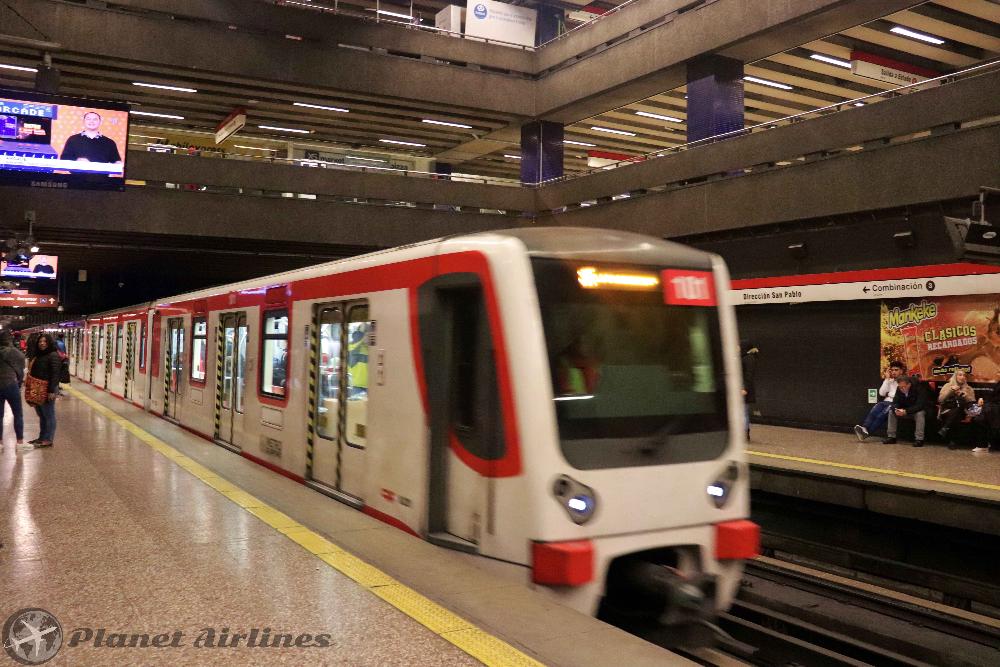
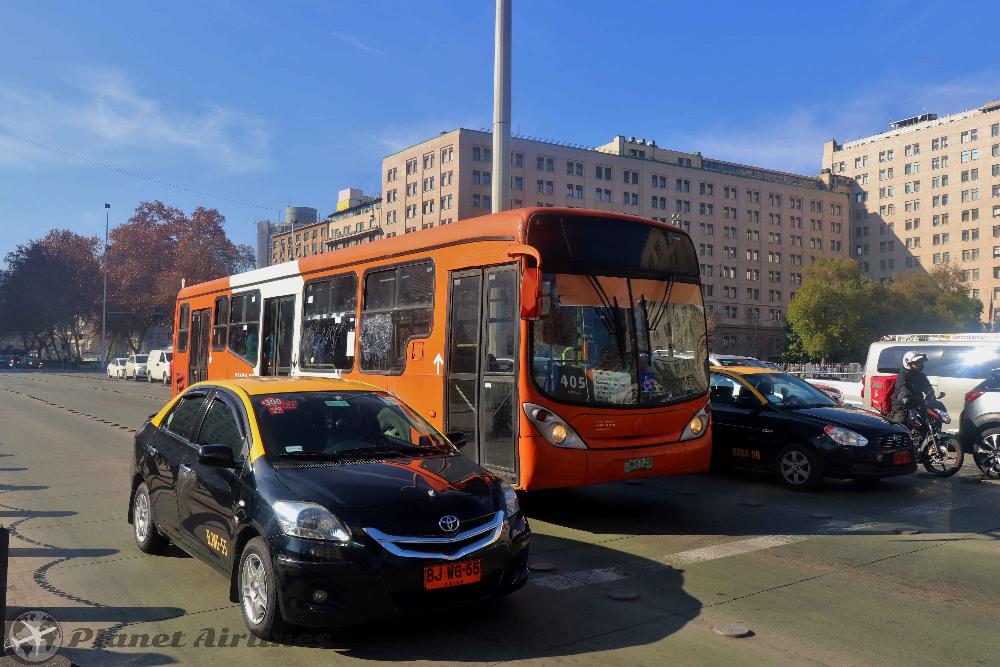
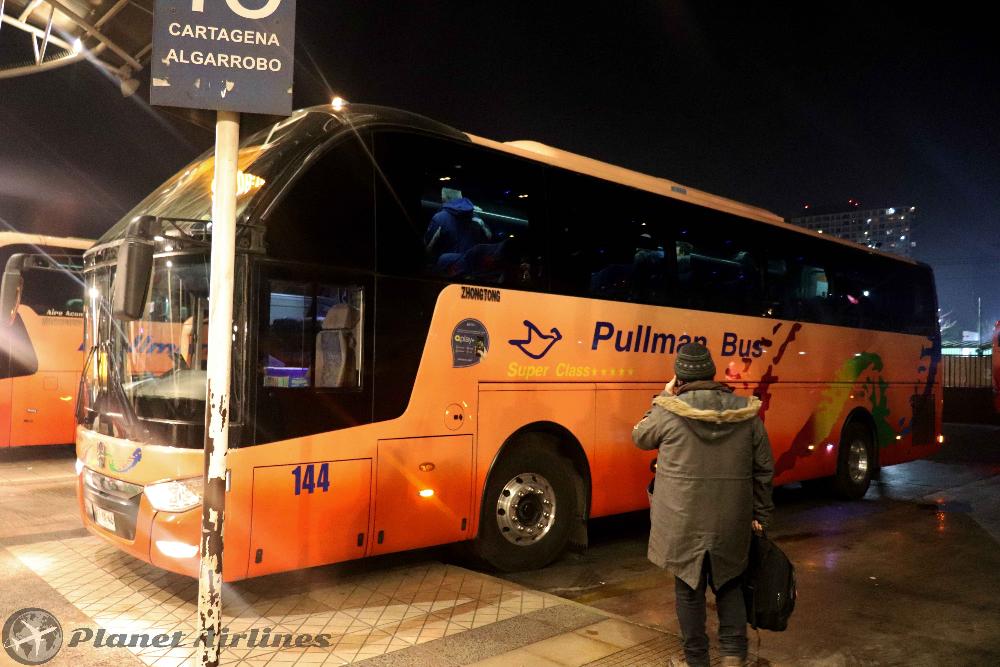
The magnificent Andes provide an awesome backdrop for the sprawling Chilean metropolis of Santiago. Dynamic and cosmopolitan Santiago is a vital and versatile city. Home to many events showcasing the very best of Chilean culture, it also hosts superb international festivals of sound, flavor and color. The Chilean capital breathes new life into all its visitors! Set out to explore the city streets and you’ll discover beautiful and original art galleries, design shops and handicraft markets, as well as a great selection of restaurants, bars and cafes. Night owls can enjoy a taste of lively Latino nightlife in hip Bellavista!
Visit downtown Santiago to get a real feel for the city. Learn more about the country in its many fine museums, or wander around the famous Central Market, a gourmet’s delight. Fans of the outdoors can head for the hills that surround the city and marvel at panoramic views of Santiago with the magnificent Andes as a backdrop. Take the opportunity to grab a picnic and visit one of the city's many parks. You’ll also find shopping opportunities in the stylish Alonso de Córdoba neighborhood and in the city’s many modern malls.
Below you find some of the highlight to see and do during your stay in Santiago:
- Cerro San Cristóbal: is a 860m hill rising above central Santiago which, on a clear day, affords magnificent views of the surrounding city, all the way across to the Andes.The easiest way to go is by funicular, but there is also a teleférico (cable car), bus or hiking path leading up from the bottom through the forested slopes. There are many walkways and at the summit you will see the 22m high statue of the Virgin Mary. Taking the cable car it will take you to the other side of Santiago near to the Barrio Suecia and the Sky Costanera skyscraper. The upper side of Santiago, where all the classy brands, shopping centres, hotels and apartments are located.
To reach the San Cristobal hill, first you can walk from downtown Santiago for around 45 minutes or take the metro to Baquedano station and walk around 10 minutes till you reach the entrance of the hill. Paying to use the Funicular to the top is 1500 one way or 2000 Pesos return. Note that on peak holidays season, weekends and evenings queues to access the Funicular can be long. Alternatively you can walk around 45 minutes to the top of the hill, with wide trails and signs. But note that the sun is shining all the time towards you and walking uphill all the time can be a little challenge for those not as fit.
✔️Tip: Once at the top of the San Cristobal Hill, take the cable car (Teleferico) to the lower terminal situated near to the neighborhood of Suecia. The cost of the cable car is 2000 one way or 2700 Pesos return. It's worth the return trip as the views of the city plus the Andes are the best of any other place you can go in Santiago! (if you are taking the cable car and the Funicular, a combo price of 4700 is available).
✔️Tip: Going tuesday to Friday is cheaper than weekends or Public holidays. Also note that mondays the cable car is closed for maintenance.


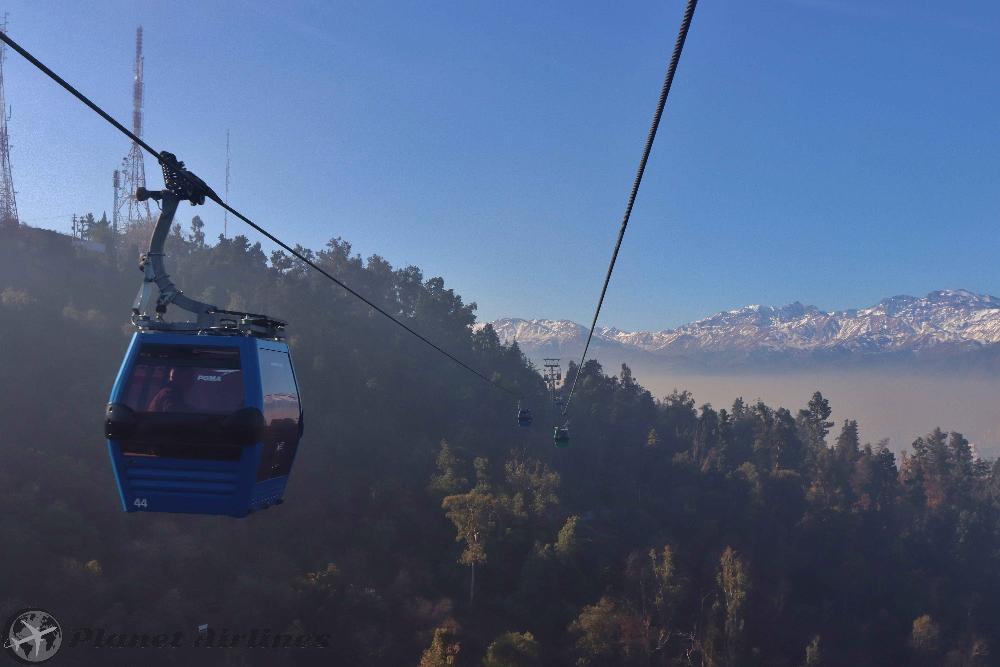

- Costanera Tower: better known as Gran Torre Santiago (Great Santiago Tower), is a 64-story tall skyscraper and the tallest in Latin America. The tower is part of the Costanera Center complex, which includes the largest shopping mall in the country, two hotels and two additional office towers. It measures 300 metres and has 64 storeys plus 6 basement floors. To access the observatory floor, it costs 20.000 Pesos per adult any day from 10 am to 22pm. You can buy your tickets here.
The closest metro station is Tobalaba, line 1 or 4.
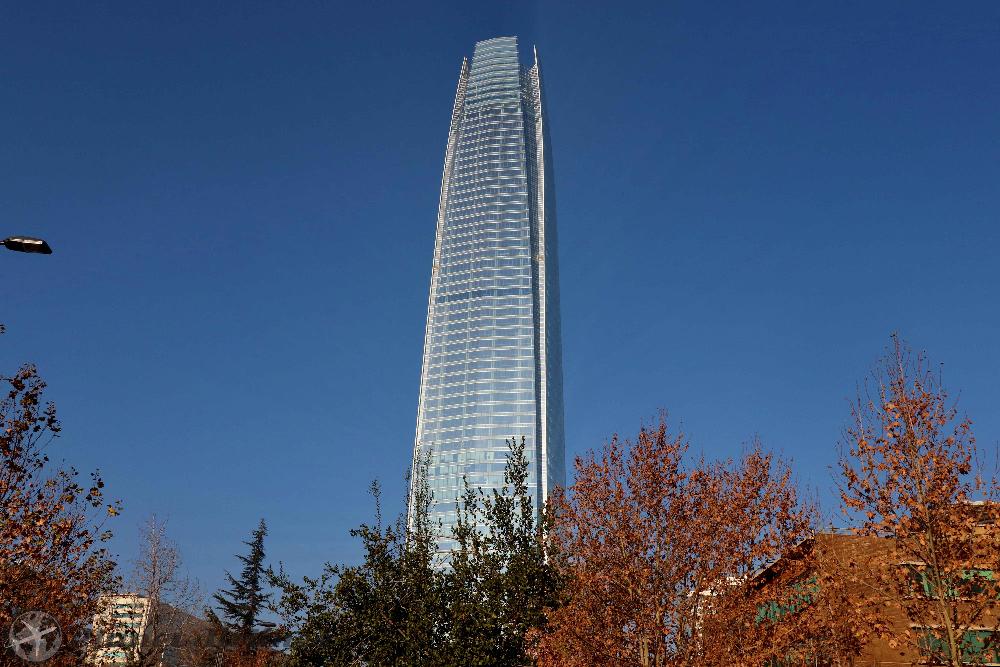
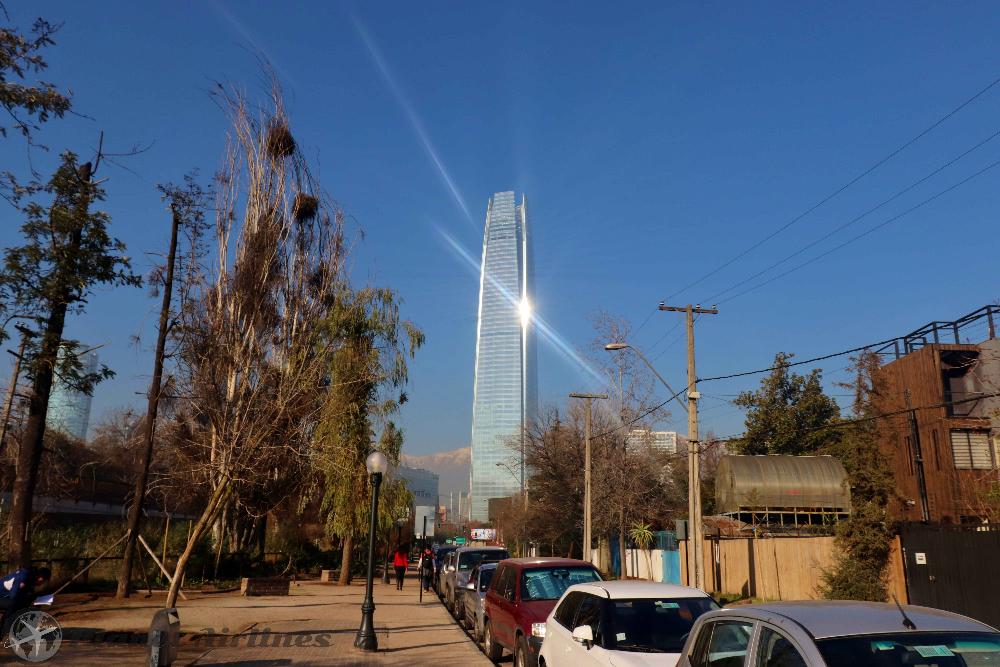
- Plaza de Armas: is both the heart of Santiago and the city's historical centre. The square surrounded by impressive Spanish colonial public buildings, including the 18th-century Cathedral and main post office that was once the Spanish governor's' residence. As with most colonial squares of this kind, and as the name suggests, the Plaza de Armas was designed to be the open space in which the armed forces of the city could gather to parade and to protect Santiago's most important buildings. The square became the hub of administrative, commercial and social life when the city was founded in 1541. This square is the point from which all distances are measured in Chile, and the central point for the grid pattern of the streets. Weekends and evenings the square is often filled with dances, festivals and other social gathering events. Note, visitors should be aware of their belongings here as it is a popular target spot amongst pickpockets!

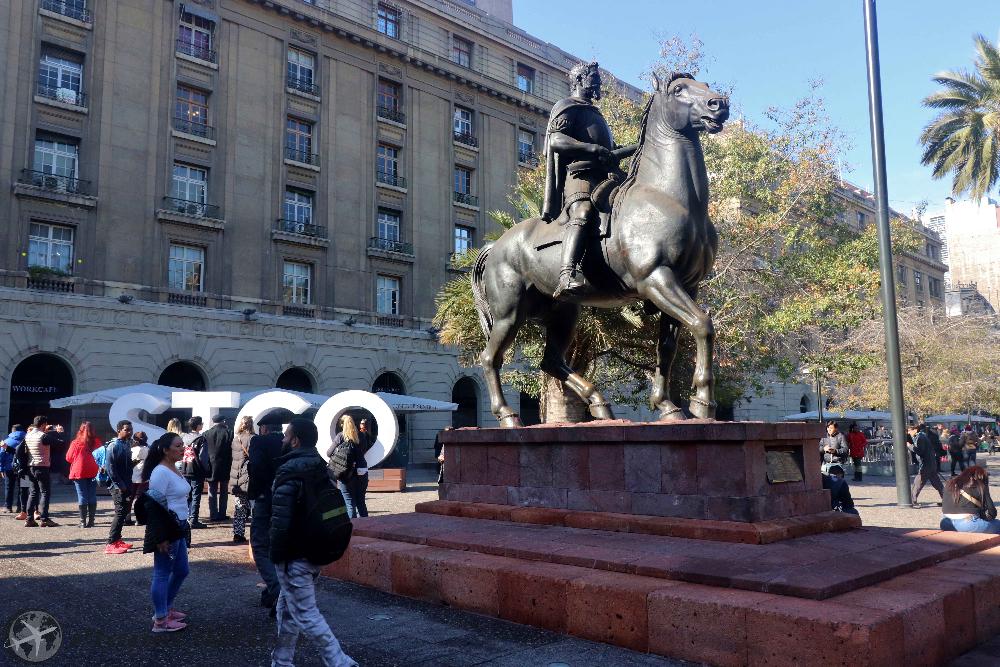

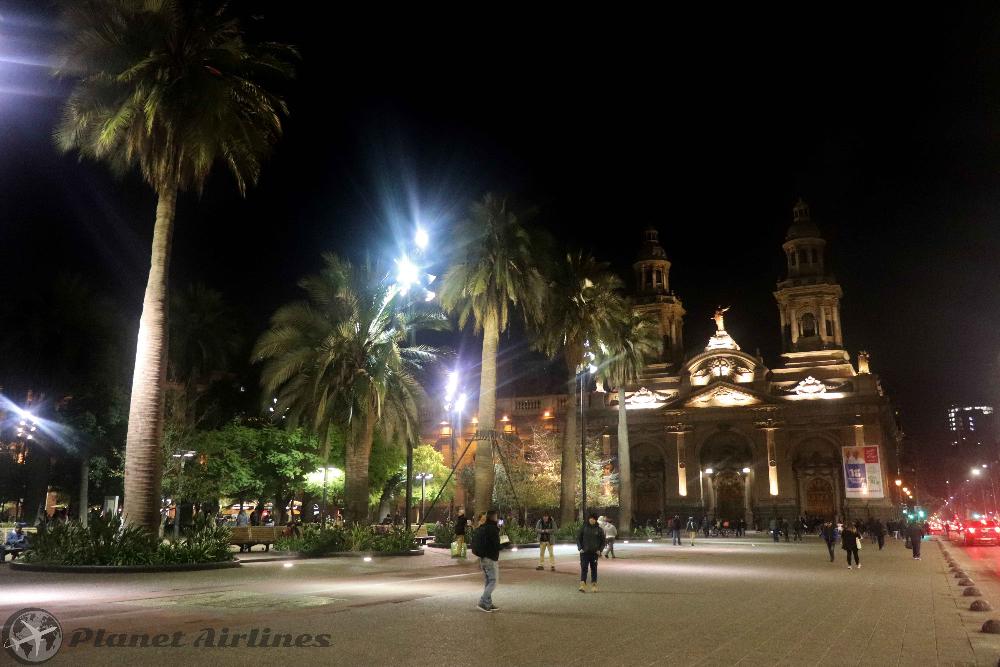
- Mercado Central: housed in an 1872 iron structure, is a fruit and vegetable market as well as a buzzing fish market where an assortment of glistening fresh seafood is packed onto the tables. Mussels, oysters and clams sit in buckets among an unidentifiable variety of crustaceans and tentacled creatures. The fishmongers demonstrate their skill at gutting and filleting in front of eager shoppers and lookers. The best time to visit is at lunchtime when a delicious sampling of the wares can be enjoyed. There are also many restaurants to choose from and often the smaller ones are the best, and a bit cheaper. It is crowded and chaotic, but the seafood is excellent and fresh, the architecture is interesting. Visitors are warned to stay aware of their possessions because markets of this kind are often targeted by pickpockets. Located at corner of Calle Puente and Calle San Pablo. A short 10 min walk from the main square.A short 10 min walk from the main square.
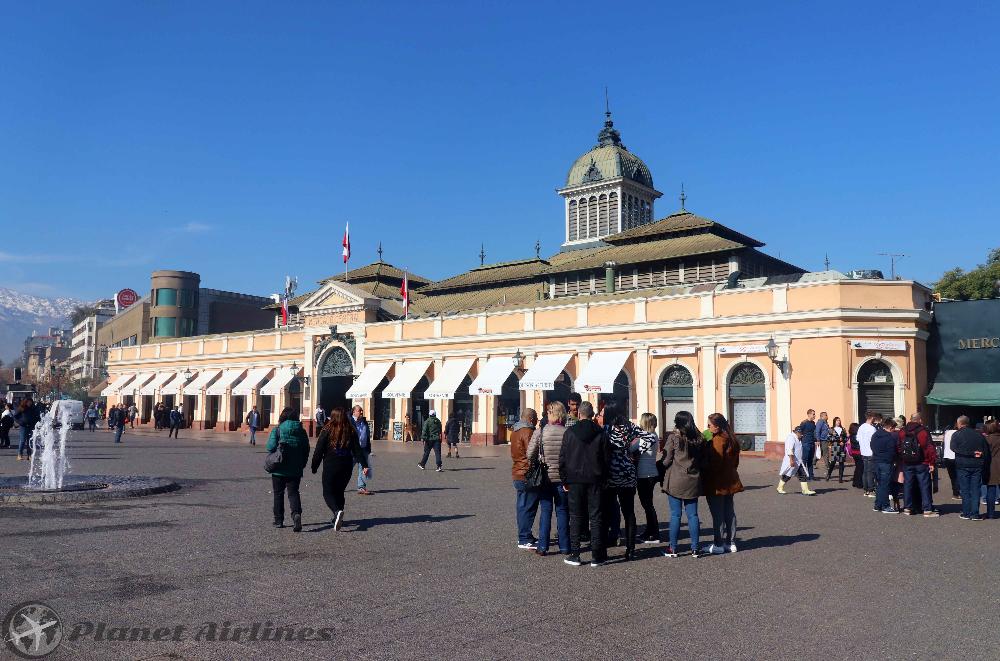
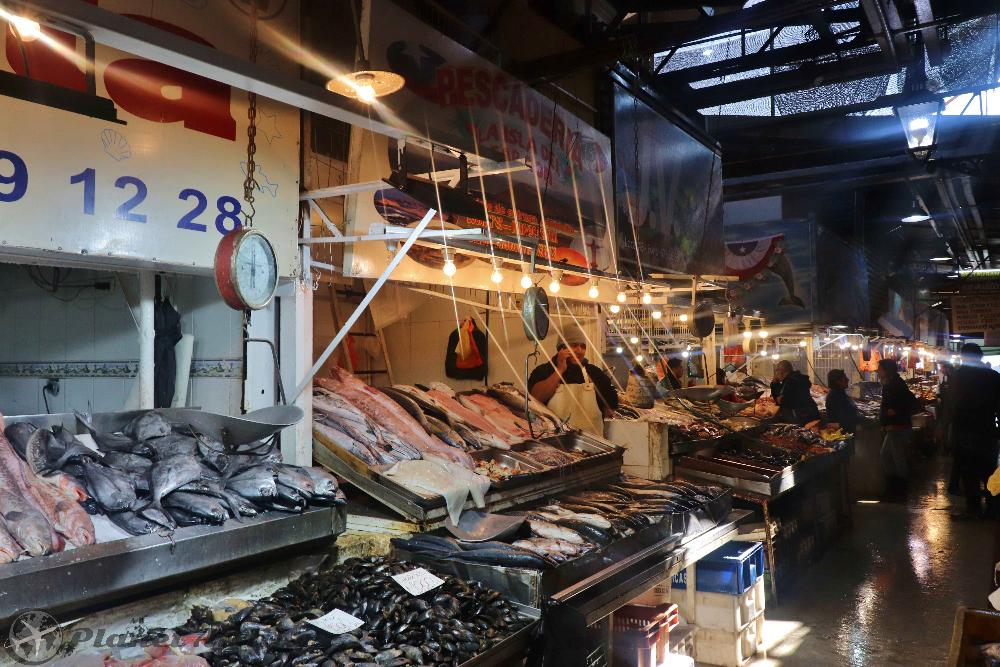
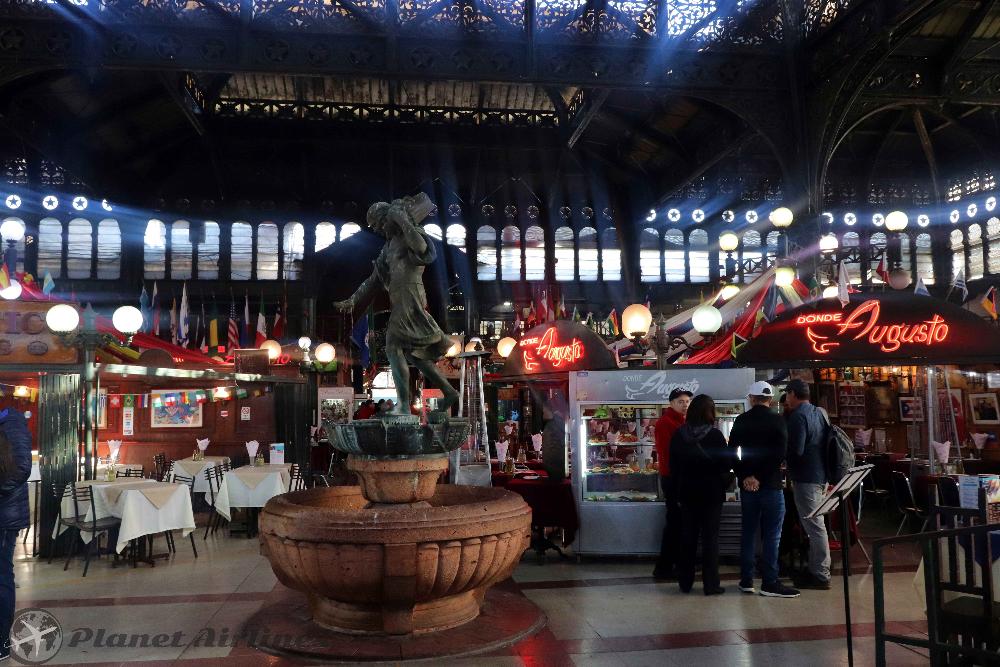
- Chilean Museum of Pre-Colombian Art: housed in the old Royal Customs House in Santiago. The collection spans 4,500 years and about 80 pre-Columbian civilisations of South America. The Museo Chileno de Arte Precolombino, as it is known to locals, is a fascinating place to spend a few hours and is a great find for art and archaeology enthusiasts. The collection provides an informative insight into the cultures of the Incas, Mayans, Aztecs and other proud civilisations of the continent. Located at Calle Bandera 361.
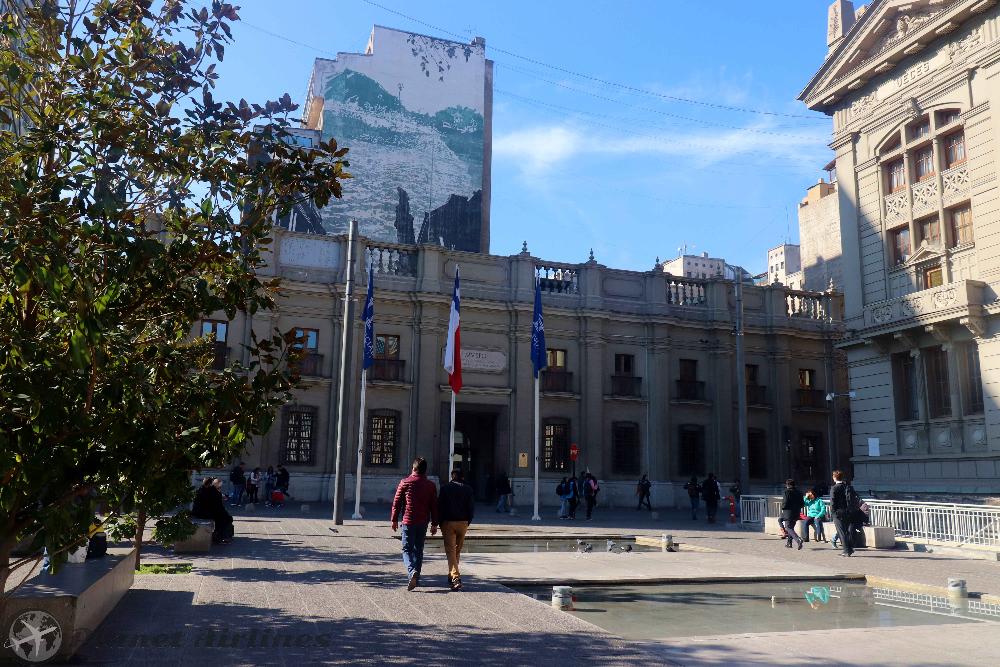
- Cerro Santa Lucia: is a natural hill, located in the city centre of Santiago. When you arrive at the park there are three entrances. The park has a lot of steps so if you’re looking to minimize them, you can come in the Santa Lucia Metro side (on Calle O’Higgins). At all entrances, you will be asked to sign a register: they want your name and country, but no fee to pay is necessary. There are tons of paths around the park and pay attention while you wander as there are lots of statues hiding among all the trees and flowers. If you climb all the way to the top you get a fantastic 360° degree view of the city. Also located in the park is the Castillo Hidalgo, now a popular events center where many people get married or throw parties. It’s easily accessed from either Santa Lucia or Bellas Artes Metro stations.


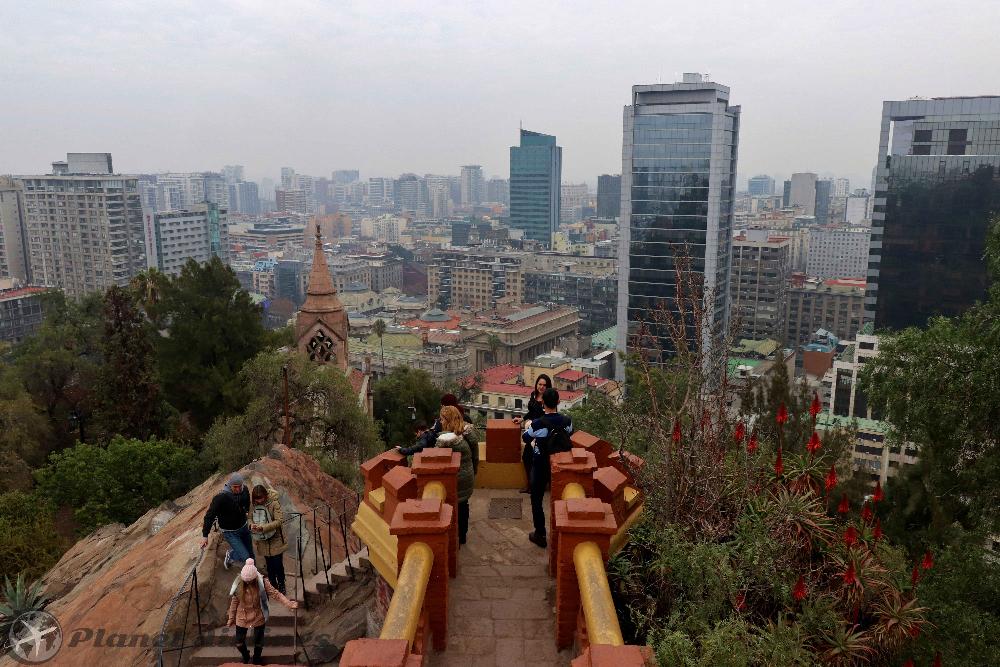
- La Moneda (Presidential Palace): is the Presidential Palace of the country. With its white walls and European-style architecture, La Moneda stands proud in Santiago’s center. You can see the guard change-over, an impressive spectacle of military conduct, at 10am on alternate days. La Moneda has a gripping history: 1973 saw the bombing of the palace and the suicide of the country’s Marxist leader, Salvador Allende. Visiting is free, but you run the risk of it being closed for government events. Taking a tour, although informative, can be expensive and requires pre-booking. Closest metro station is La Moneda (line 1).

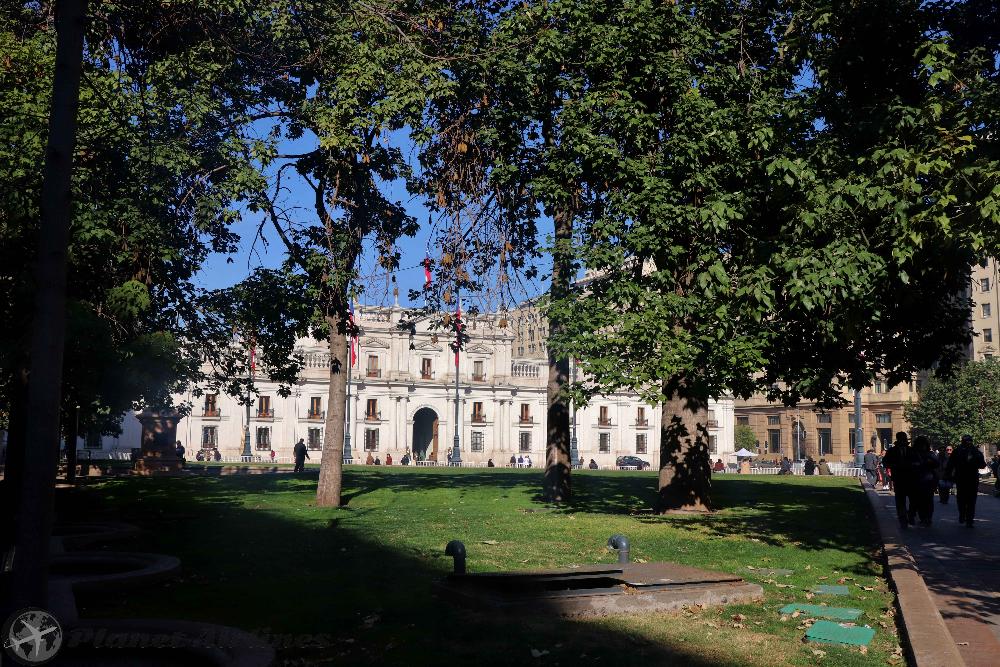
- Parque Forestal: is Santiago’s most beautiful park, with its open greenery which stretches along the Mapocho River. It is an attractive, calm space, located in the historical downtown of the capital, where you can escape the hustle and bustle of the loud city. A few points of interest within the park are the Monument to Writers of Independence, the German Fountain and the Museo de las Bellas Artes amongst many other landmarks. Closest metro is Bellas Artes station (line 5).Closest metro is Bellas Artes station (line 5).

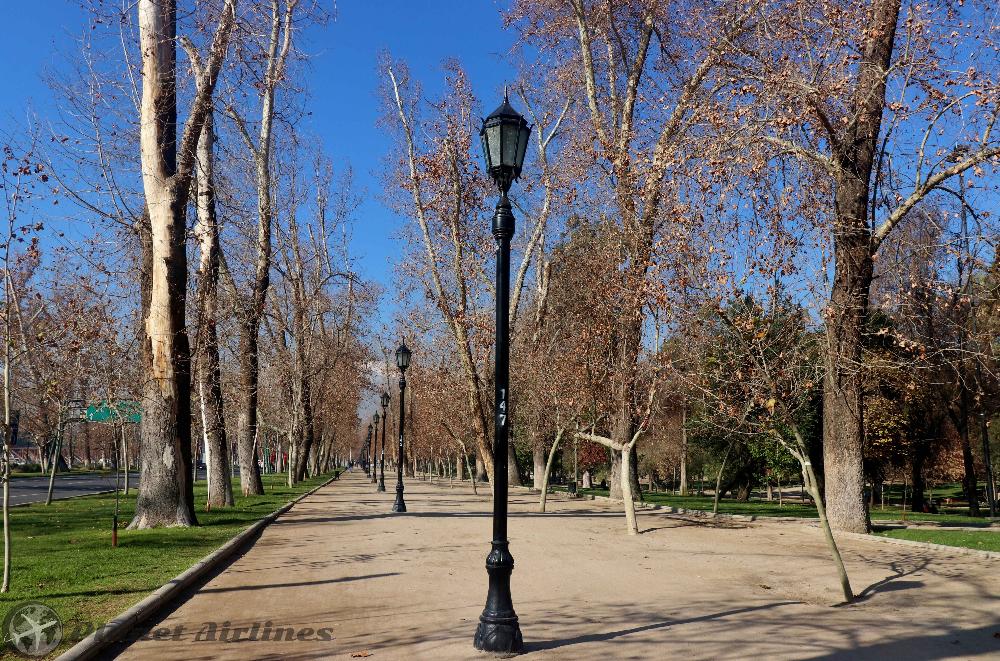
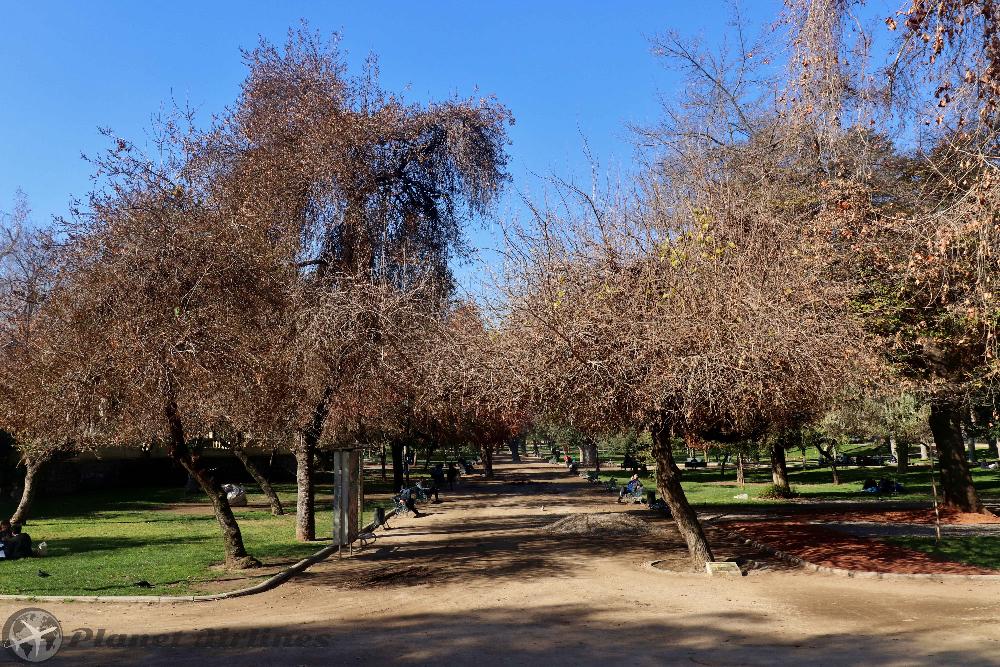
A good suggestion is to visit Viña del Mar and Valparaíso as a day trip from Santiago. The two can be done in a day if you organise the visit well.
Please refer below for more information on how to get there and what to see and do at Viña del Mar and Valparaíso.
A famously nocturnal city, the nightlife in Santiago often stays lively until the sun comes up. Locals may only go to dinner at 11pm, getting to nightclubs after 1am and staying until dawn. While some visitors may not have that sort of stamina, they shouldn't be surprised to find that clubs in Santiago often don't fill until 2 or 3 am!Much of Santiago's nightlife caters to people between 18 and 35, and live music is popular, spanning a wide range of musical styles from electronic to rock and jazz.
Pio Nono district has the highest density of bars in Santiago, and there are a number of high-end nightclubs surrounding the Plaza San Enrique. The Bellavista neighbourhood has a large number of nightclubs and bars, many of which stay open until as late as 5am, as well as a few relaxed venues with local music like tango, bolero and Latin jazz. Avenida Suecia, in the generally upmarket Providencia neighbourhood, was once considered the nightlife centre of Santiago, especially for foreigners, but the road developed a reputation for seediness and debauchery and most of the best venues have since closed down.
The legal drinking age in Chile is 18. Locals are generally very welcoming and friendly on a night out, although not speaking Spanish might be a struggle to mix. The party tends to spill out into the streets in a festive manner, especially in Bellavista where the sidewalks are extensions of the various bars and restaurants.
As another option to nightlife than clubs, there is a huge theatre community in Santiago, with offerings ranging from small independent productions to large-scale operas. Established theatres like the Teatro Bellavista, Teatro Alcalá, and Estación Mapocho stage productions on a regular basis, but performances in English are few and far between. Tourists who don't speak Spanish will enjoy symphonies or ballets at the Teatro Municipal, Teatro Oriente and Teatro Universidad de Chile.

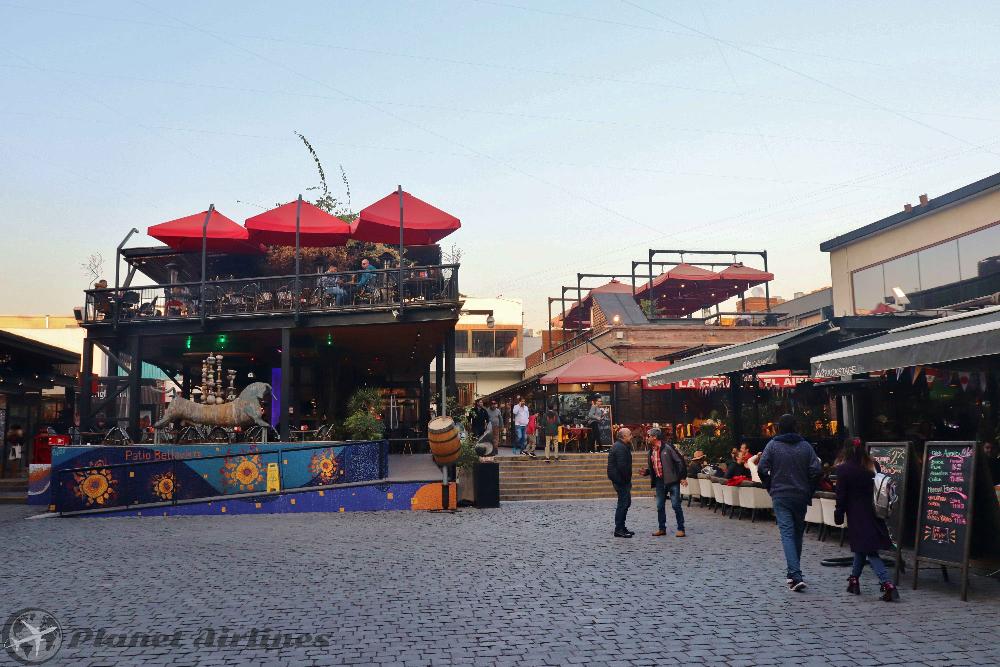
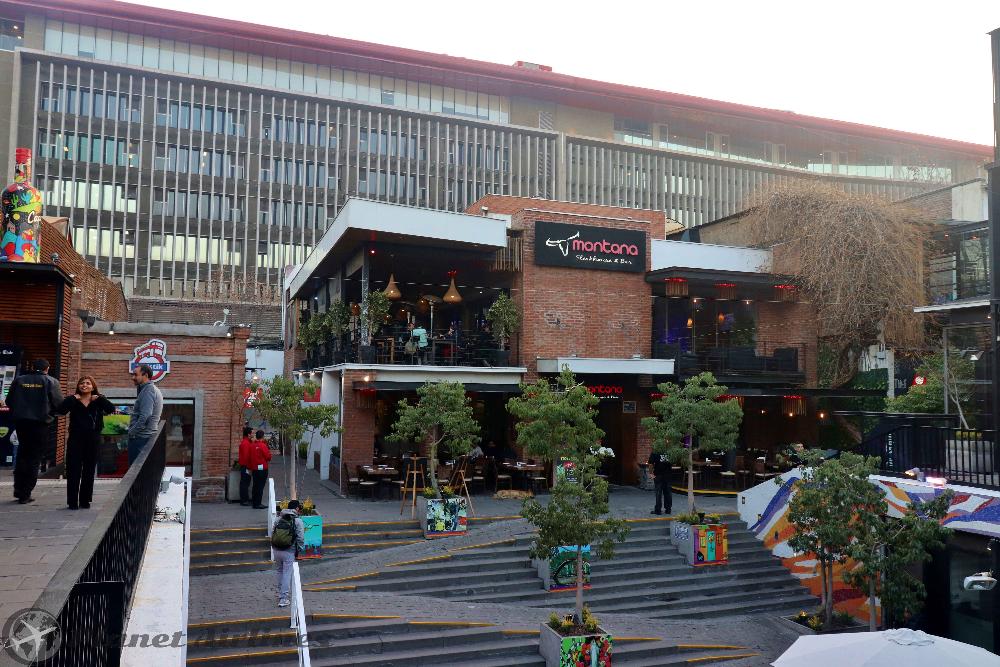
Santiago has many style of shopping, that can make for the perfect gift or souvenir. There are plenty of shops offering duty-free goods, specially in the bigger malls and luxury shops. As well you will find countless arts and crafts markets Artisanal crafts in wool and horse hair, for example, that make excellent souvenirs.
Below are some of the areas worth to visit for shopping:
There are more than a few shopping malls in Santiago. The air-conditioned malls are popular on hot days, and most have food courts and movies to entertain children while their parents shop. Alto Las Condes and Parque Arauco are two of the biggest and best of Santiago's malls, with more than one hundred shops in each and a variety of entertainment options. Mall Vivo Panoramico is a good shopping centre to find mid-range items, and the 'Drugstore' on Avenida Providencia has a range of funky boutiques. Malls in Santiago are open seven days a week.
For tourists looking more for handicrafts, Santiago has a few good craft markets that are great places to visit on a nice day. Patio Bellavista has a wealth of locally-made goods, and is a good place to find Santiago souvenirs as well as good restaurants. Pueblito de los Dominicos, which is made up of small stores located inside an attractive old convent, also promises a wonderful array of local crafts in a picturesque setting. For cheap (but sometimes less authentic) Santiago souvenirs, Feria Artesanal Santa Lucía, on Cerro Santa Lucía, is another popular market with visitors.
In Santiago, independent designer shops can be found in cosmopolitan districts like Lastarria and Suecia, where you can find the biggest shopping mall of South America and the tallest building, the Costanera Mall. If your taste is for more refined luxuries, visit the Alonso de Córdova neighborhood for exclusive international brands and elegant local boutiques.
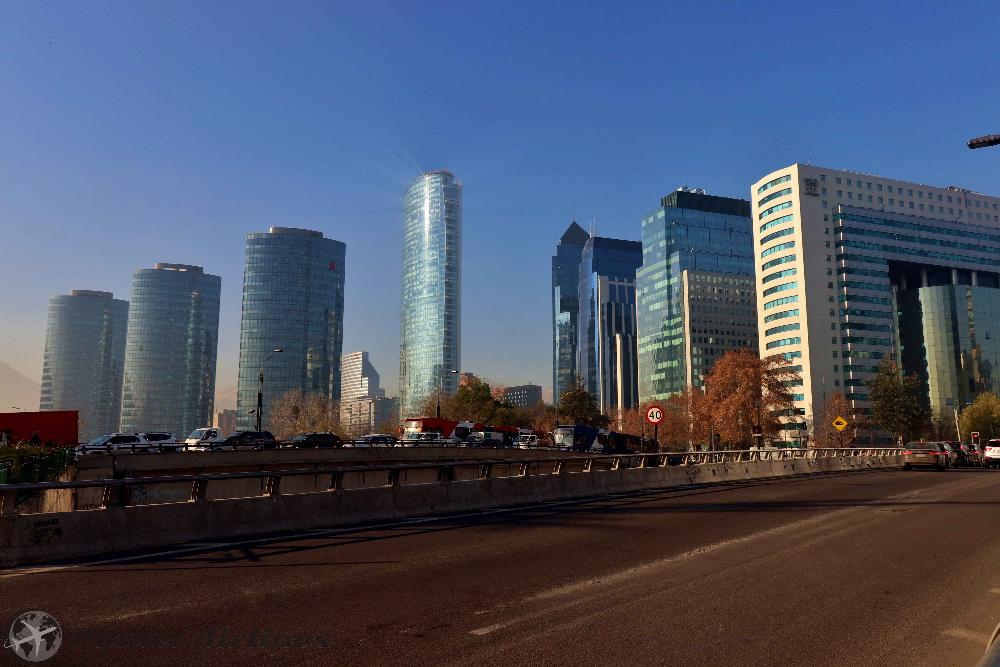
The city of Santiago offers travellers of all budgets, easy options when staying overnight. Good Hotel chains are well represented in the city, as well as, more family run hotels which offer more basic amenities, but at a good rate. For basic Hotels, expect to pay around €50 a night per room. Closer to the city centre, this will be more expensive.
For budget conscious travellers, select hotels which are not directly in the centre, but which are in good reach with metro or busses and this will save you a lot of money.
Note it's not advised to stay in the are of Bellavista for the noisy levels or music which are part of the neighborhood around the area, despite prices being more competitive here.
Options like Airbnb or Boooking.com for shared accommodation or private flats is an increasing popular choice.
The advantage of Santiago, is that despite its size, all that you want to see is mostly in the city centre. Thus saving time and transport costs. One day to discover the city on foot and go to the Cerro San Cristobal is enough, with another day for visiting the popular towns of Valparaiso and Viña del Mar.
For a more relaxed stay 4 nights would be enough as well and visit some museum.
Santiago de Chile Photo Slide 📷
Valparaiso and Viña del Mar Tourism Information
At only an hour drive from Santiago, you will find these picturesque towns of Viña del Mar and Valparaíso. Ideal for a half day trip from the city visiting one area or as a whole day trip for both. Visit the areas to see the Pacific Ocean and leave the stresses of the big city behind.
Whichever town you want to visit, transportation departs from the main Bus terminal at Universidad de Santiago metro station (line 1). Fares cost 9000 Pesos return (only if boughas a day return ticket) with Pullman busses. Other busses can cost less if departing from Pajaritos terminal (line 1), (Romani Busses for 5000 Pesos return but only monday to thursday).
✔️Tip: You can combine both towns for the same price returning on the same day. Just ask the ticket agent to sell you an open return ticket from either destination. When travelling between towns, take the micro busses for 600 pesos which provide very frequent and fast connections between Valparaiso and Viña del Mar.
(you can also take a metro-train but you need to buy the e-card plus the fare, around 2.700 Pesos).
Another option is to visit the towns directly from the airport with Turbus company, which offer regular shuttle services.
Below you will find more information for both towns:
- Viña del Mar is a 90 minute bus ride from Santiago. Viña del Mar is more popular with tourists and has an upper class feel to neighbour bohemian Valparaiso. Also Viña del Mar is a safer, more manicured city renowned for its fun resort culture, its malls and its beautiful beaches. Viña del Mar translates as Vineyard of the Sea, and the city's beautiful parks have earned it the romantic nickname of Ciudad Jardin, or Garden City. Pretty Viña del Mar is a popular summer resort and weekend retreat for the wealthy inhabitants of Santiago and the beaches and casinos boom in the peak summer months between December and February. Like neighbouring Valparaiso, the city boasts a rollicking nightlife and a good restaurant scene. Viña del Mar's beaches are its biggest asset but although they are very picturesque they are not always safe for swimming.
Viña del Mar Picture Gallery▼
- Valparaiso is 120 Km from Santiago, about a 90 minutes drive by bus. The town has a real bohemian spirit. It is an historic port city. Since the 1800s it was the main shipping hub of the Southern Pacific, which brought wealth, floods of European immigrants, and many places for adult night entertainment, an atmosphere found in places frequented by sailors. Valparaiso clings to the steep sides of 45 hills along the coast, a tricky geography that makes staircases and quaint old funiculars, the main ways into getting around.
The city is a UNESCO World Heritage site and is home to a wealth of well-preserved historic architecture. But it is the very modern street art phenomenon which truly, is the main reason for visiting. You will find a big amount of murals and graffiti, mixed up with grand old buildings. To add credence to this artistic atmosphere there are musicians busking on every corner and artists selling their work at improvised stalls all over the picturesque hillside districts. Unsurprisingly, Valparaiso is renowned for its vibrant nightlife and there is a surplus of cool places to eat and drink in the city. Travellers should be sure to visit the quirky home of poet Pablo Neruda, which offers glorious views over the city as well as insight into his life.
❗Attention: Visiting Valparaiso should be done preferably at daylight and staying within the main streets, commercial or popular areas where it is safer to hang out.
The town is listed as one of the most dangerous of Chile. The lower part of the town and near to the port is safer, whilst the upper hill side part, is more residential, and home to the so called Favelas, where poorer communities reside. Don't walk alone on empty streets, stay in public places and don't expose your belongings or over dress when visiting in Valparaiso. There are many pickpockets operating in the town and petty crime and violence has increased in the area.
✔️Tip: To see the hillside districts it's not advised to do it alone. Go with a tour. Many tours are offered once you arrive to the bus station. Group safety will be much more guaranteed.
Valparaiso Picture Gallery▼




























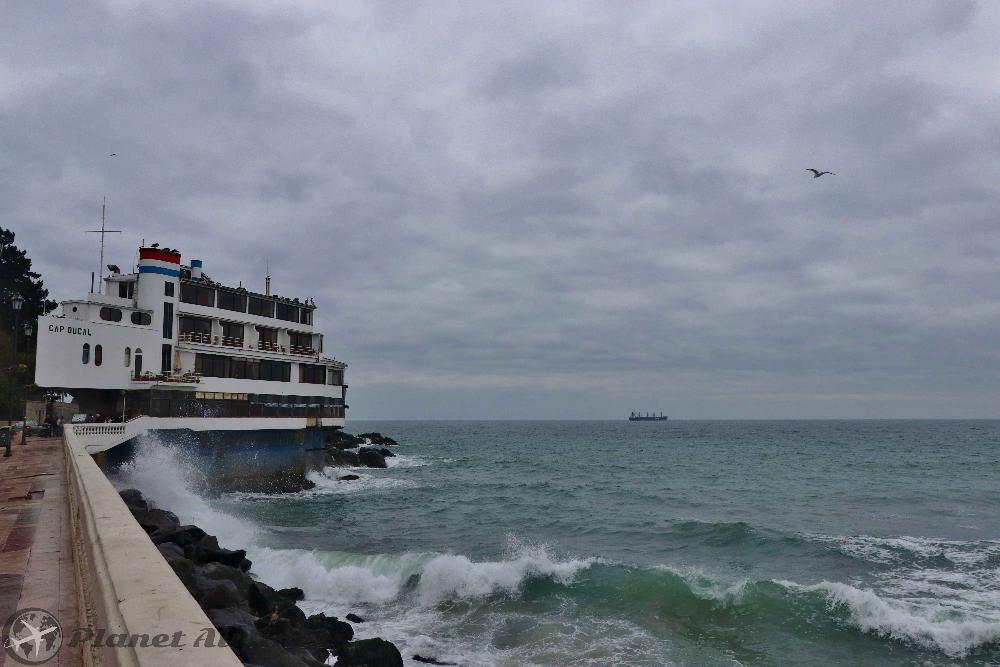
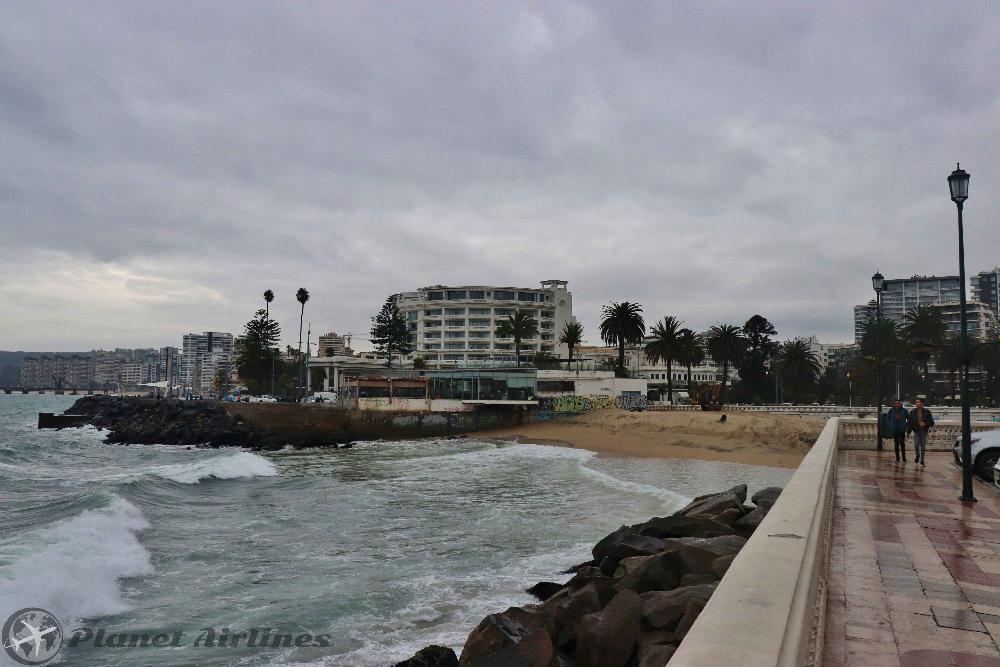
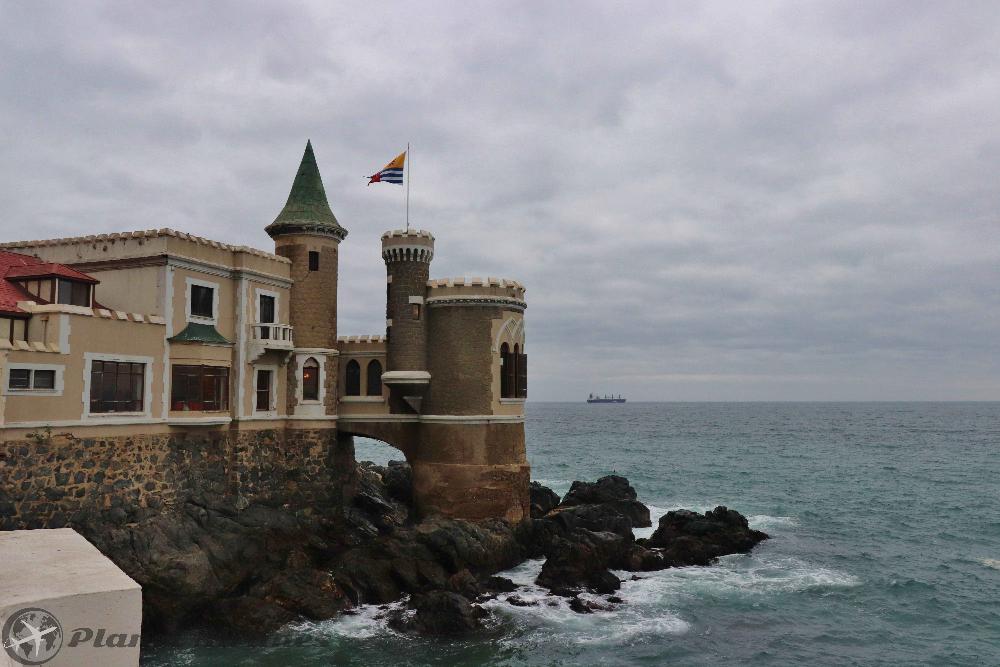
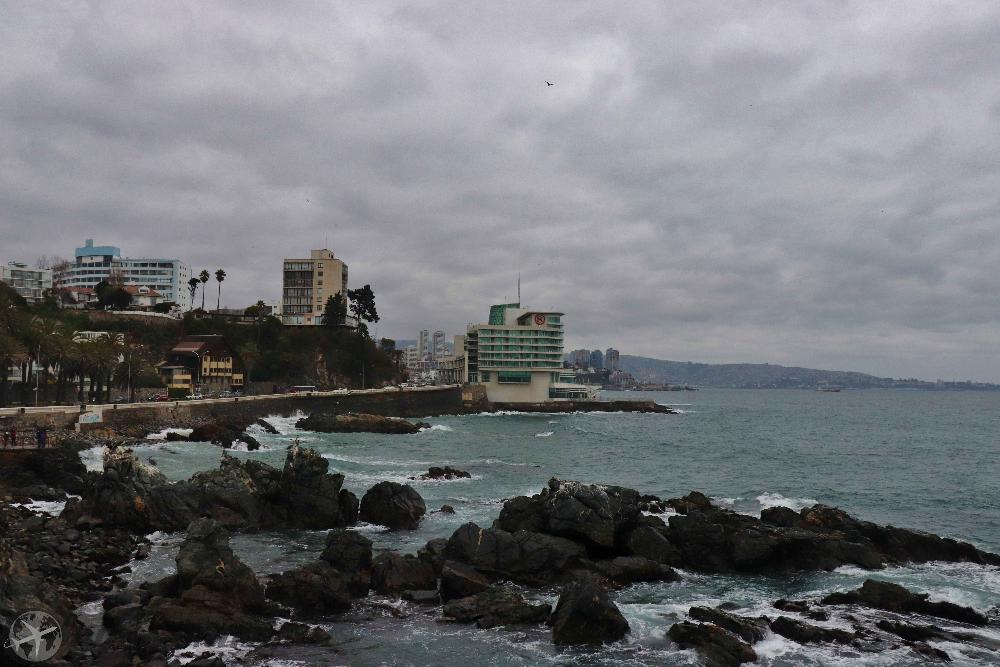

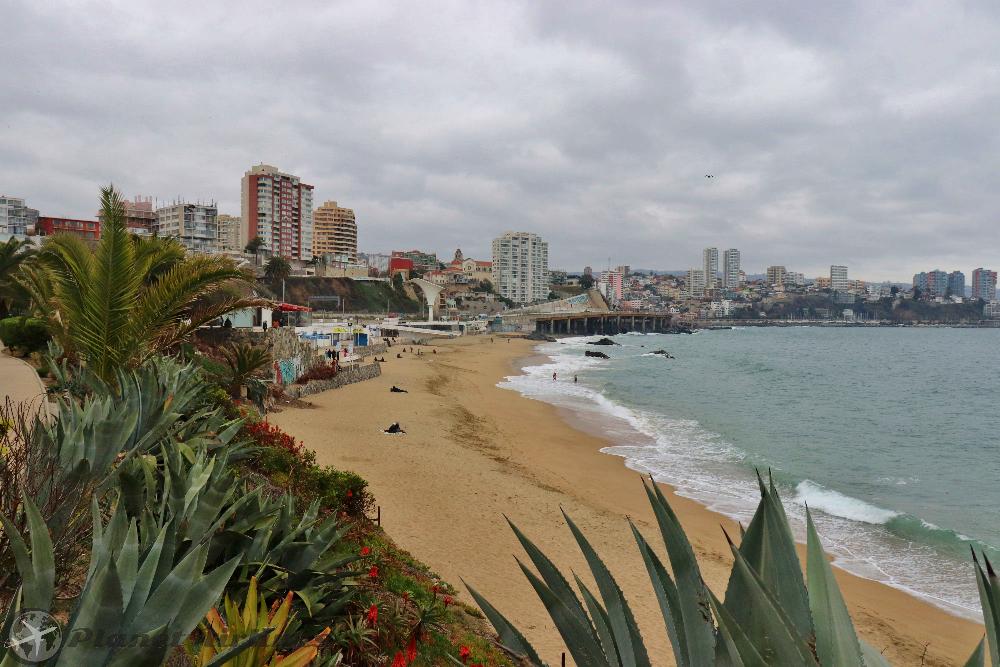
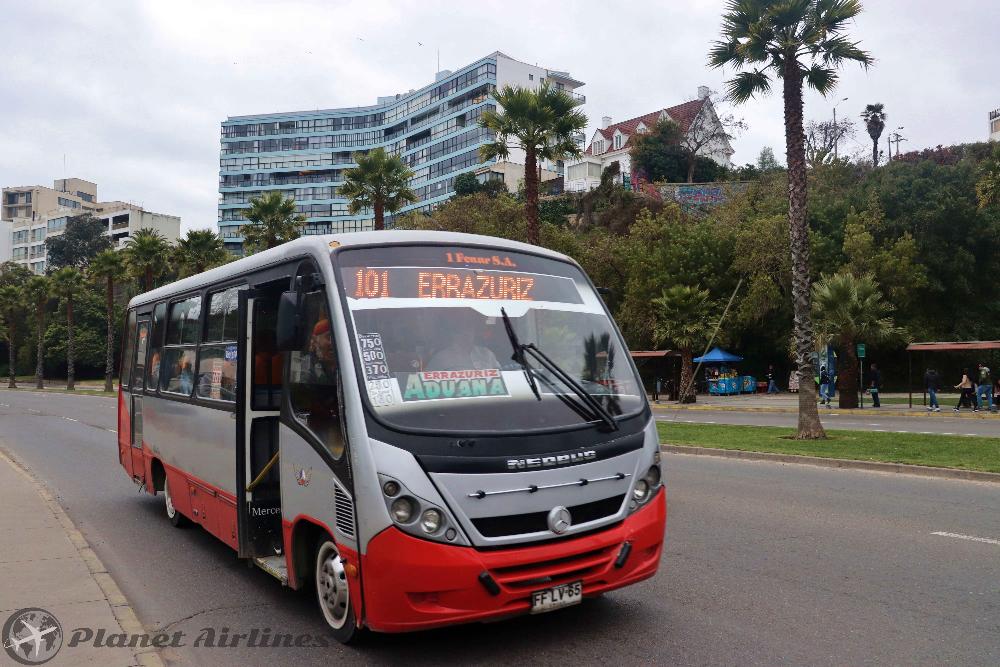


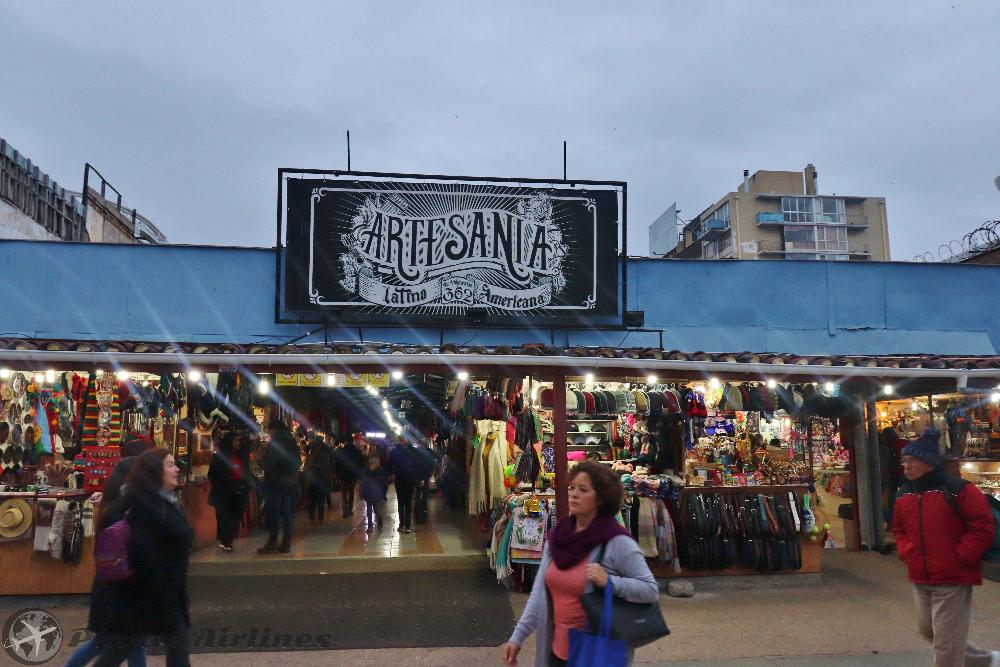
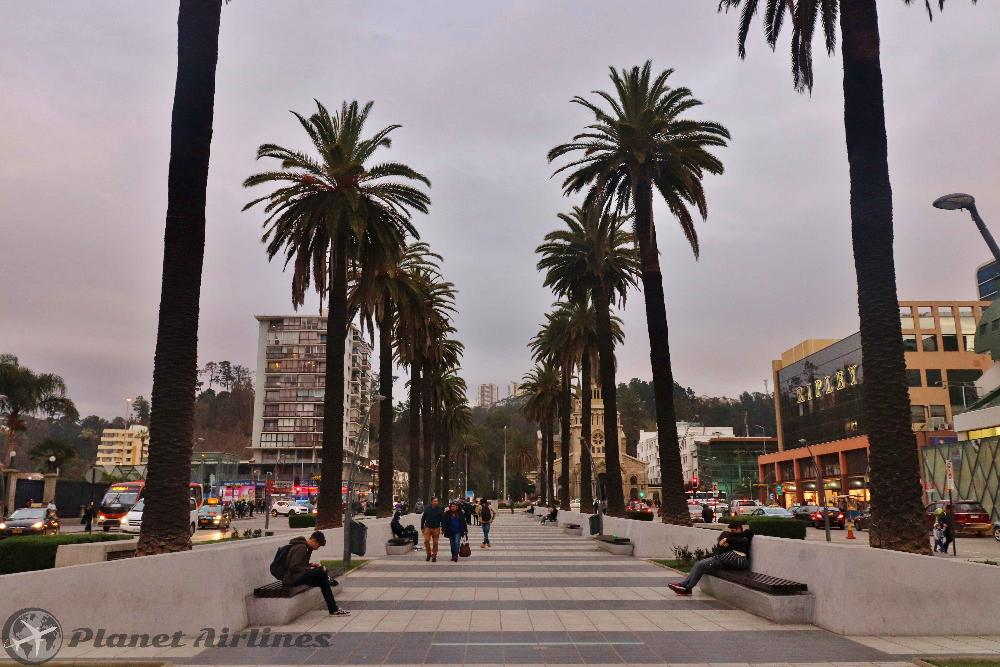



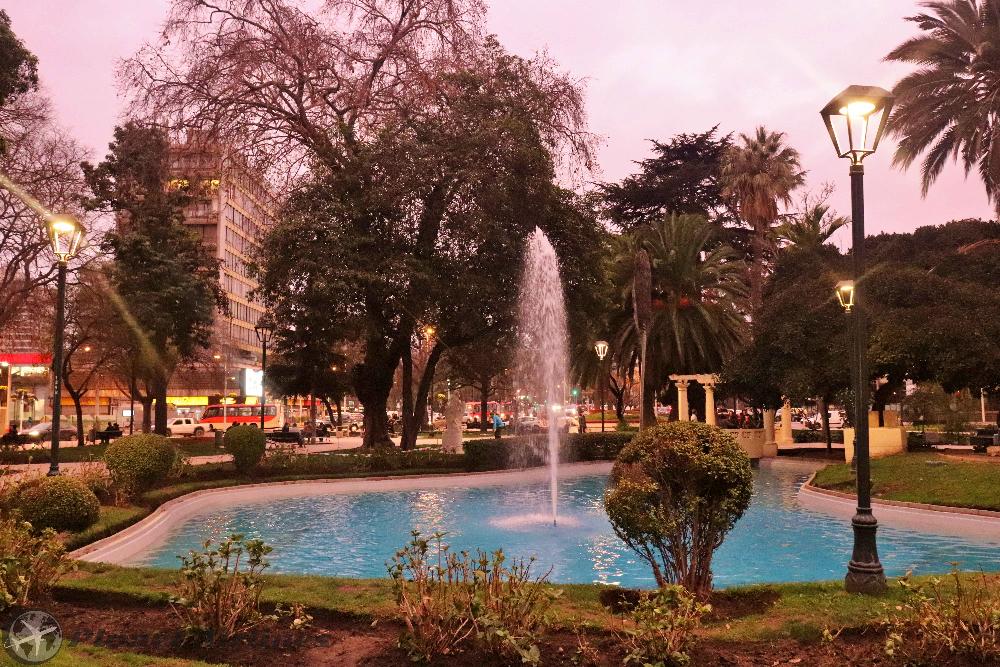






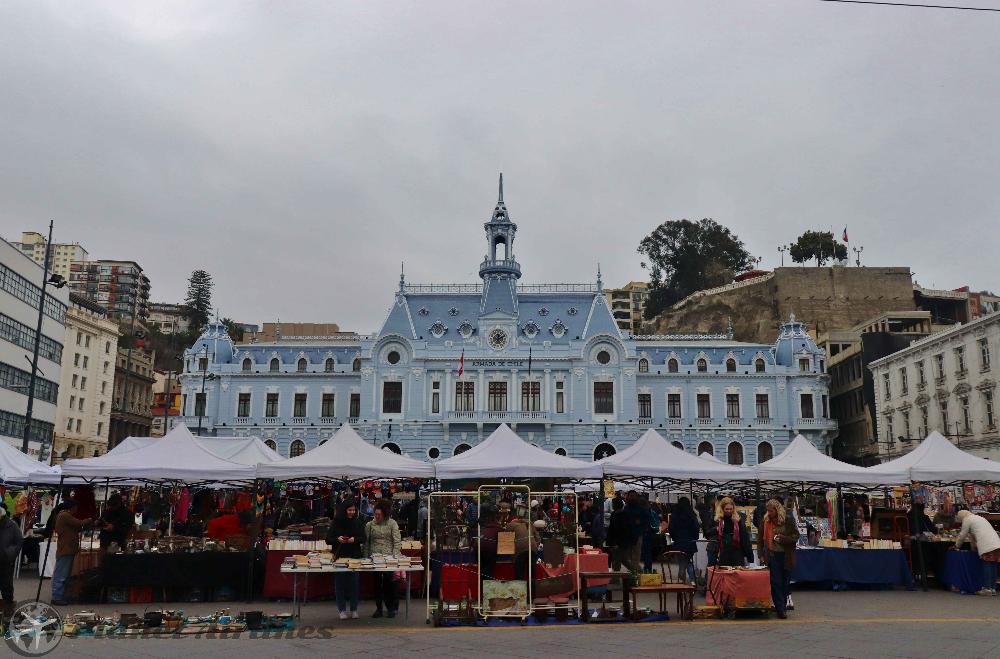

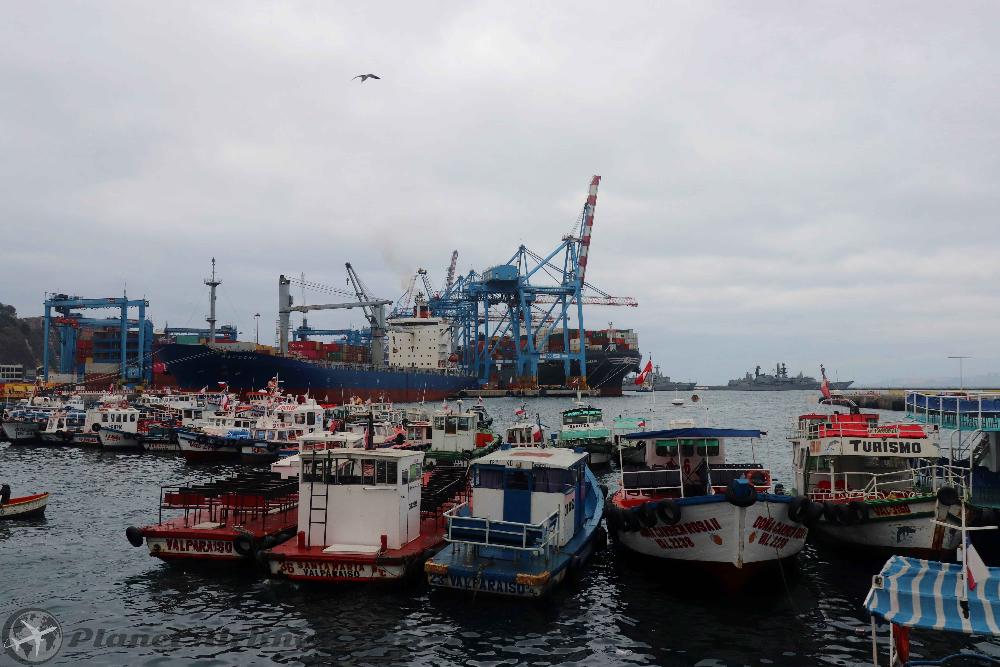
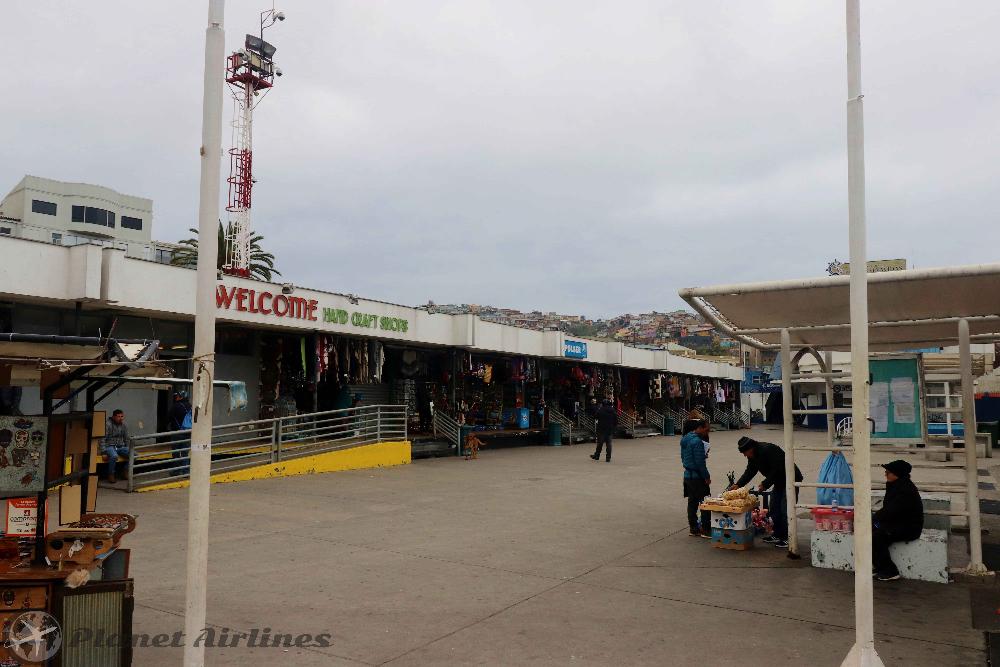
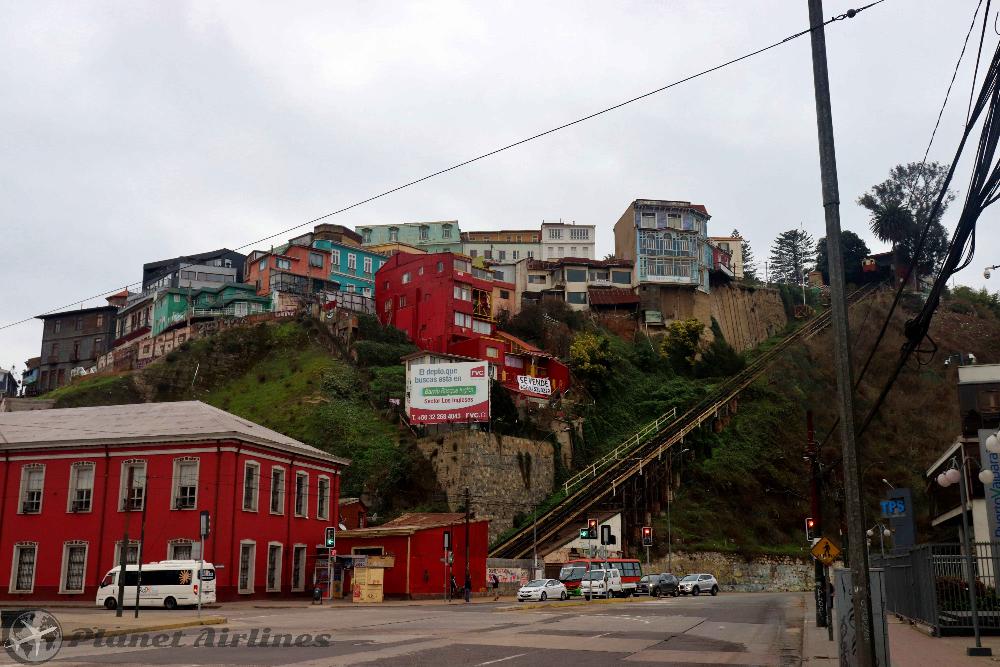

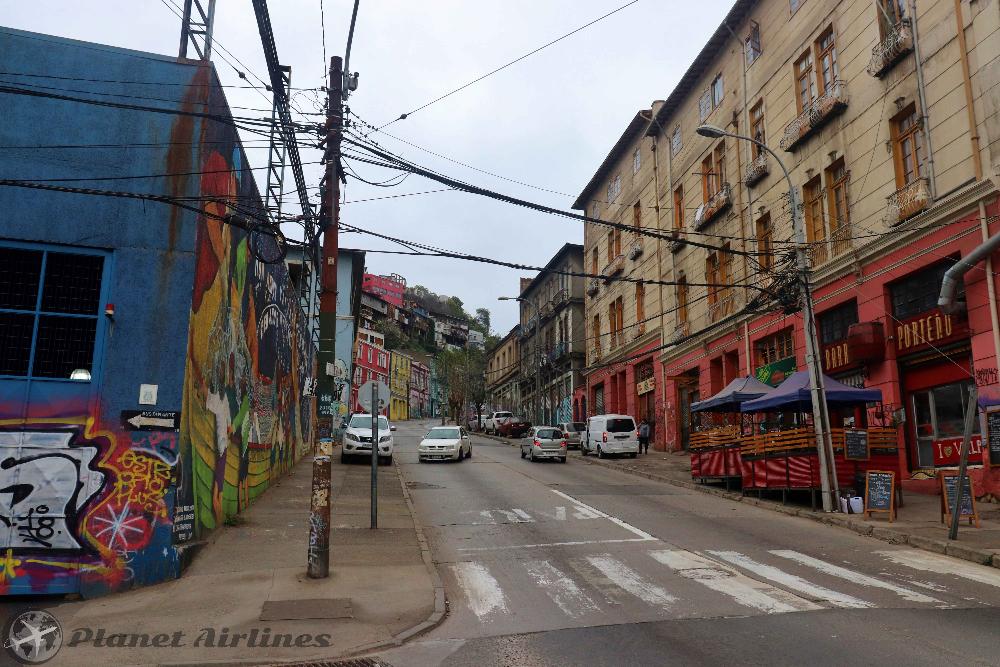

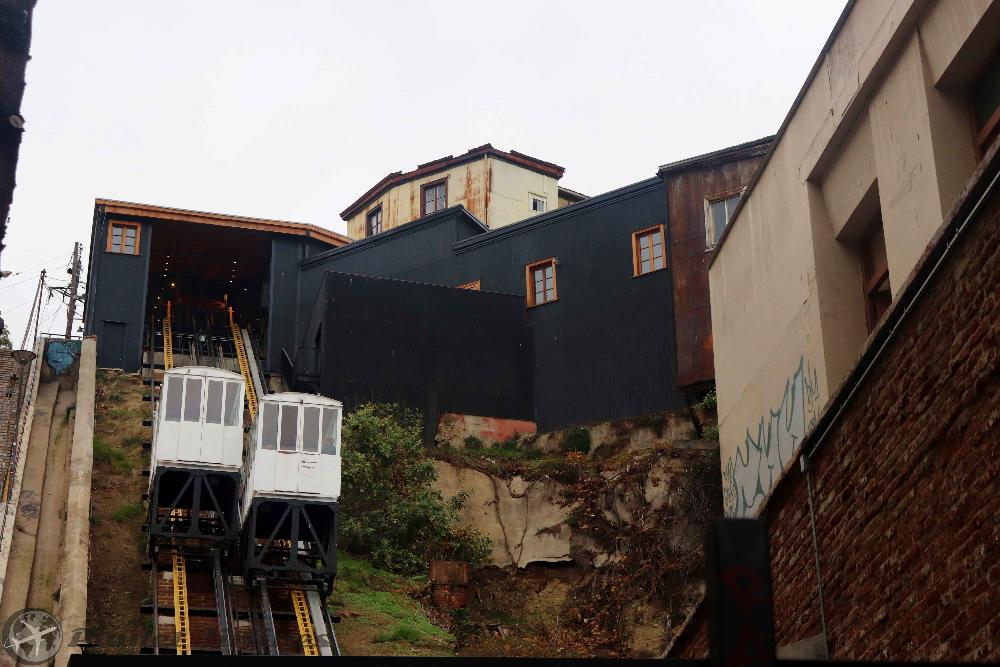

.png)